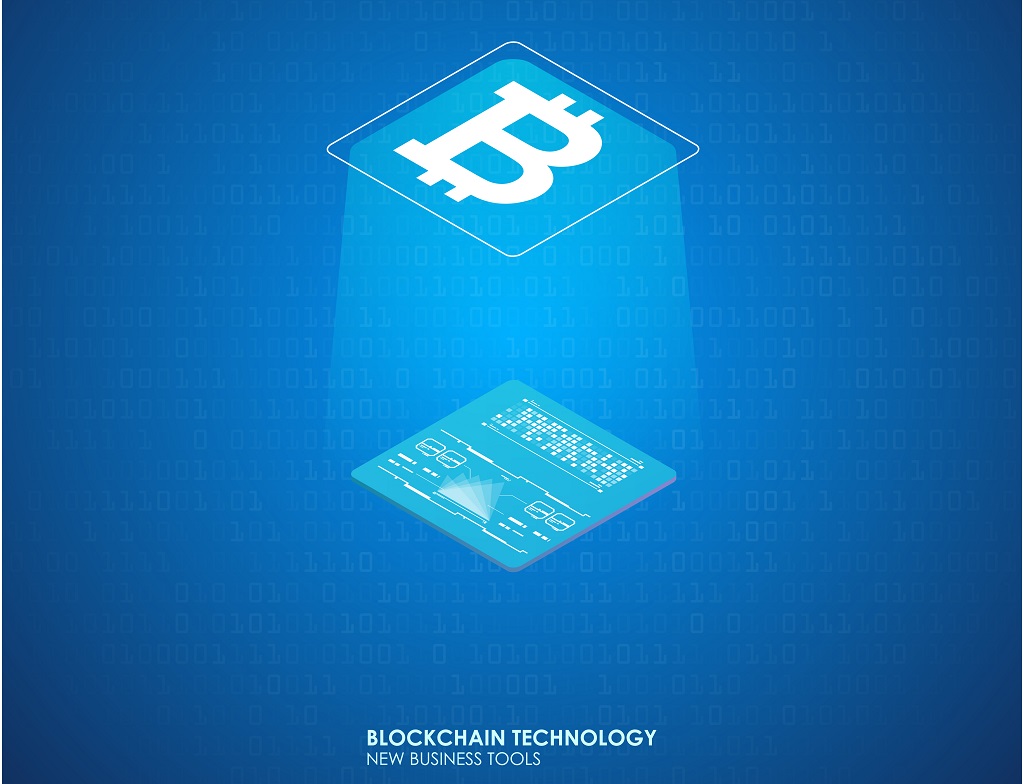Beyond The Coin: Bitcoin, The Beginning
Chapter One: Bitcoin Beginnings
Mysterious Roots
The early bitcoin beginnings aren’t that long ago. In late 2008, a paper by the title ‘Bitcoin: A Peer-to-Peer Electronic Cash System’ was circulated within a mailing list that predominantly included tech guys who worked in the field of cryptography. A couple of months prior to that paper being published the www.bitcoin.org domain was registered without much of a fuss. The paper was authored by the largest mystery in the world of crypto in particular and in the tech industry at large; Satoshi Nakamoto. Nobody knew who Satoshi Nakamoto is. Was that a pseudonym for a person, or did the name stand for an entity much bigger than just one person? It’s hard to tell.

The rumors and theories have never stopped. People who are interested in Bitcoin on both the supportive and the opposing sides have been trying to unearth this mystery for the past 10 years. Some said Satoshi Nakamoto was a conglomerate of four Japanese companies – (Sa)msung, (Toshi)ba, (Nakam)ichi, and (Moto)rola. Other investigations drew the conclusion that he is probably the Australian entrepreneur Craig Steven Wright.[1] There is even a theory that Satoshi is Tesla and SpaceX CEO Elon Musk.[2] Today, almost 10 years after the paper was published under that name, we are arguably no closer to cracking this mystery than we were back then. Even Hal Finney, one of the earliest Bitcoin enthusiasts and the man who took it upon himself to mine the very first bitcoins, said in a post on the Bitcoin Talk forum shortly before his death that he still has no idea of who Satoshi Nakamoto really is.[3]

That mysterious character, however, was behind the launching of perhaps one of the most revolutionary concepts in both the tech and the financial worlds. The world was in still embroiled in the shock that was caused to it by the 2008 financial meltdown, and all ears were perked up in anticipation of any new mode of thinking that can challenge the mainstream financial system which many believed had irredeemably failed. It wasn’t until the 3rd of January, 2009 that 30,000 lines of code were activated, marking the official launching of Bitcoin.[4] That first bitcoin to be mined by Satoshi Nakamoto was then named the genesis block, seeing as how it’s the first block in the Bitcoin blockchain. Nakamoto’s real genius is seen not only in his ability to conceptualize such a revolutionary and dauntingly complex tool but in actually being able to code and launch it.
Gaining Momentum
The first appeal to most of the early bitcoin enthusiasts was in the currency’s decentralized nature. Decentralization enjoys vast popularity within tech circles, and Satoshi’s invention masterfully provided that. It was a currency that fell under no sort of government control or the control of any other authority. Despite that, the paper that was sent before the launching outlined the currency’s supposedly built-in safeguards against abuse, excessive supply, and security threats. The coins are encrypted, protecting the holders through a layer of pseudonymity, and a cap was set for the issuance of bitcoins at 21 million bitcoins, the last of which is expected to be mined around the year 2140.[5]
Bitcoins are mined through supercomputers by cracking complex codes or algorithms unique to each Bitcoin. That system is known as proof-of-work, and it’s designed in this manner to deny anyone the ability to forge bitcoins at will. That’s part of what miners do. The other part of their job involves the verification of transactions in order to prevent double-spending. The Bitcoin system included the incentives that would make people willing to volunteer to verify the transactions, thus eliminating the need for third-party mediators.
***TO BE CONTINUED
SIGN UP TO MY EMAIL LIST [button open_new_tab=”true” color=”accent-color” hover_text_color_override=”#fff” size=”large” url=”https://www.wooschneider.com/p/8020investors-signup” text=”Sign-Up!” color_override=””]






